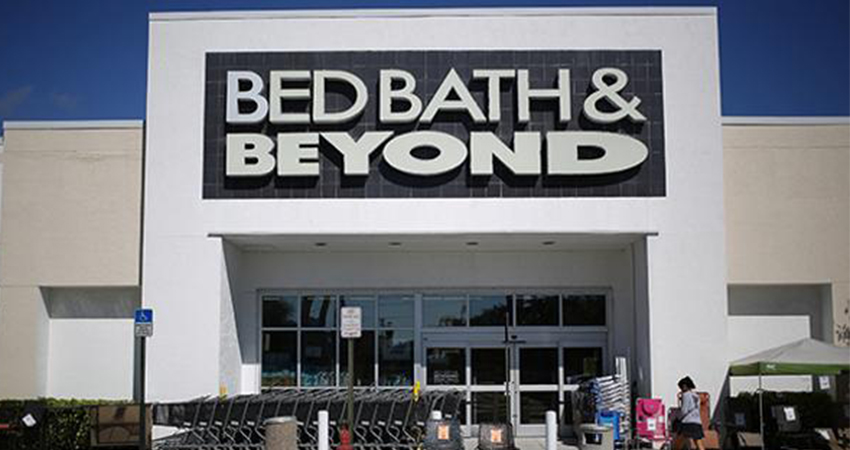Bed Bath & Beyond as it signaled last week posted a tough third-quarter report, with net sales and same-store sales down a third from last year and a net loss of $393 million as it considers a range of options up to and including a Chapter 11 bankruptcy filing.
CEO Sue Gove, a director who was installed last summer, said the company is listening to customers by restoring national name brands and delivering omnichannel services like buy online pickup in store and same-day shipping, but it may be too little, too late.
Even at the better performing buybuy Baby, which had been looked at as a spinoff candidate when activist investor Ryan Cohen got involved, comparable sales were down more than 20% in Q3. The company is in the process of shuttering 150 of its 700 U.S. stores, including health and beauty chain Harmon in addition to its namesake and buybuy Baby locations.
“As we shared last week, we continue to work with advisors as we consider all strategic alternatives to accomplish our near- and long-term goals,” Gove said on a Tuesday earnings call that had no questions from analysts. “We have a team, internally and externally, with proven experience helping companies successfully navigate complex situations and become stronger. Multiple paths are being explored and we are determining our next steps thoroughly and in a timely manner.”
Gove said the home goods retailer’s troubles in recent years were due to a decision under previous management to redesign stores and pull back on popular national brands in favor of private label goods, a plan that backfired and made long-time shoppers unhappy. Former CEO Mark Tritton, who shook things up after arriving from Target in December 2019 to replace longtime chief executive Steven Temares, was fired in June.
“Our business was built around our loyal customers,” she said. “Listening and responding to their preferences was at the center. Veering away from that path has led to our recent financial performance. We have taken aggressive action to change the elements of our business that are not aligned to what our customers want. We are rebuilding our assortment to serve our customers’ needs by leading with national brands and reducing our own brand merchandise at the Bed Bath banner.”
The company has made progress toward that goal, Gove said, reducing owned brand inventory penetration by 10% from peak levels during the first half of the fiscal year.
With vendors reluctant to ship goods to Bed Bath & Beyond due to concerns over payment, making terms more onerous, in-stock levels fell into the 70% range during Q3, further hampering sales and causing a spiral. Between liquidity gained from the holiday season and support from key vendors, Gove said the company has been able to push that figure up to a more normal range above 80%, especially items listed in its circular and at buybuy Baby.
At the end of Q3 on Nov. 26, Bed Bath & Beyond had $153 million in cash on its books, down from $509 million a year ago. A supply chain network efficiency plan is expected to result in $80 million to $100 million in cost savings, while the company plans to shave another $500 million in selling, general and administrative efficiencies in fiscal 2022, Gove said.
Last summer, Bed Bath & Beyond secured commitments for $500 million in financing to see it through the holiday season.

